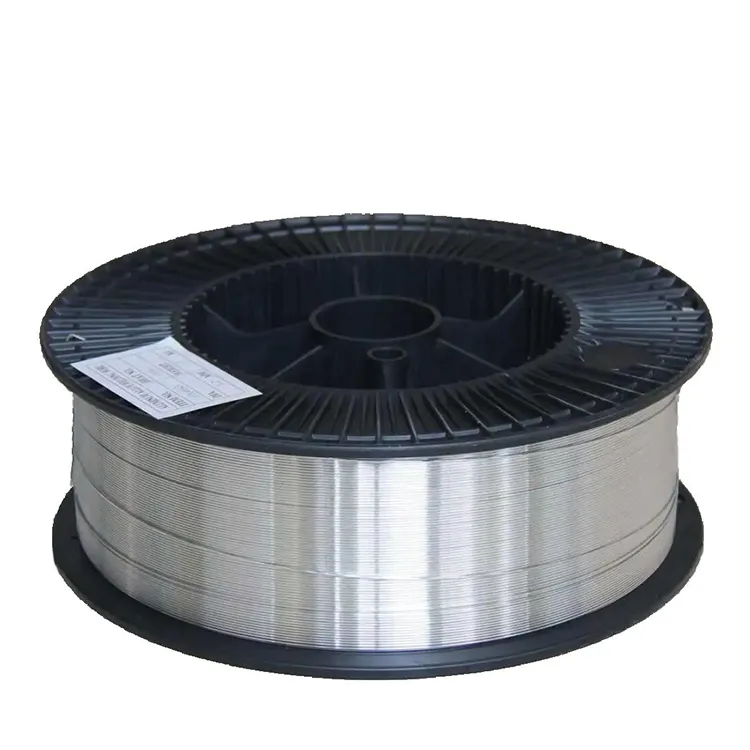welding electrode
Welding Electrode The Heart of Welding Operations
Welding is a critical process in various industries, ranging from construction to manufacturing. At the core of this process lies the welding electrode, an essential component that plays a pivotal role in joining metals together. Understanding the types, applications, and significance of welding electrodes is crucial for anyone involved in welding operations.
Welding electrodes can be classified into two broad categories consumable and non-consumable electrodes. Consumable electrodes, as the name suggests, melt during the welding process and contribute material to the weld pool. Common examples include shielded metal arc welding (SMAW) electrodes and flux-cored arc welding (FCAW) wires. On the other hand, non-consumable electrodes, such as tungsten electrodes used in gas tungsten arc welding (GTAW), do not melt and primarily serve to provide the arc.
One of the most widely used types of consumable electrodes is the SMAW electrode, often referred to as stick welding. These electrodes come coated with flux, which generates gas and forms a slag during the welding process, protecting the molten weld pool from atmospheric contamination. The choice of electrode depends on the material being welded, thickness, and desired mechanical properties of the finished product.
The composition of welding electrodes plays an important role in determining their performance
. Electrode classification systems, such as the American Welding Society (AWS) system, provide details on the chemical composition and mechanical properties. For example, an electrode classified as E6011 is suitable for welding mild steel in various positions, while E7018 is favored for its low hydrogen content, making it ideal for thicker materials and critical applications.welding electrode

In addition to the types of electrodes, their applications are vast and varied. In the construction industry, welding electrodes are utilized to join steel frameworks, ensuring structural integrity and strength. In manufacturing, they are essential for fabricating components, machinery, and equipment, contributing to efficiency and productivity. Moreover, the automotive and aerospace sectors rely heavily on welding electrodes to create welds that meet stringent safety and performance standards.
The choice of the right welding electrode can significantly affect the quality of welds. Factors such as the welder's skill, welding technique, and the working environment all play a role in the outcome. Poor selection or improper use of electrodes can lead to defects such as porosity, undercutting, and cracks, compromising the integrity of the weld joint.
Safety is a paramount concern in welding operations. Welders must adhere to strict safety guidelines to mitigate risks such as exposure to harmful fumes, heat, and UV radiation. Using the correct electrode, wearing protective gear, and ensuring proper ventilation are essential practices that help maintain a safe working environment.
In conclusion, welding electrodes are critical components in the welding process, influencing the quality and effectiveness of welds across various industries. With the vast array of electrodes available, understanding their characteristics and applications is essential for achieving optimal results. As technology advances, the development of new electrode materials and coatings will likely enhance welding capabilities, ultimately contributing to stronger, more reliable structures and products.
-
Best Hardfacing MIG Wire for Sale High Durability Welding SuppliesNewsJun.10,2025
-
ER70S-6 MIG Welding Wire Supplier High Quality China Welding Wire ManufacturerNewsJun.10,2025
-
Premium Aluminum Flux Core Wire China Manufacturer FactoryNewsJun.10,2025
-
Premium Cast Iron Welding Electrodes for Superior BondsNewsJun.10,2025
-
Premium 309L MIG Wire High Strength & Corrosion ResistantNewsJun.10,2025
-
Stainless Steel Welding Rod Types Complete Guide to Corrosion ResistanceNewsJun.09,2025


